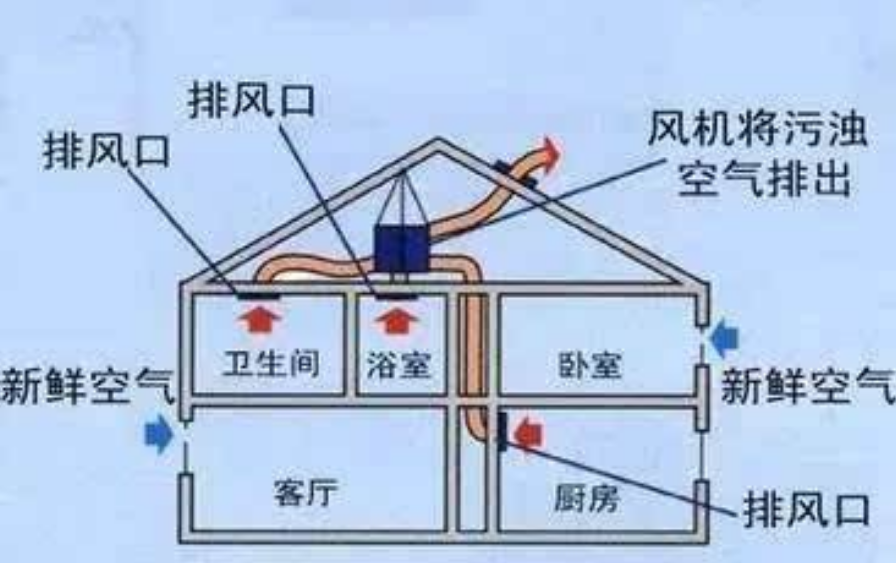Working principle of fresh air unit
Working principle of fresh air unit
Fresh air unit control includes: air supply temperature control, air supply relative humidity control, antifreeze control, CO2 concentration control and various interlocks. If fresh air units (such as direct current units) are considered to bear the indoor load, indoor temperature (or indoor relative humidity) should also be controlled. The electric control valve can also be connected with the fan. When the fan is cut off, the electric control valve closes. The temperature control system of the fresh air unit consists of a proportional integral temperature controller, a temperature sensor installed in the air supply tube and an electric control valve. The function of the controller is to compare the temperature of the temperature sensor detected by the temperature sensor placed in the air duct with the controller and the temperature controller set by the controller, and to give the controller based on the result of PI operation. An electric control valve is a signal to open or close a valve to keep the air supply temperature within a specified range.
Differential switches give a switching signal when the screen is blocked or exceeds a specified value.
When refrigeration is needed, the temperature controller is placed in refrigeration mode. When the temperature measured by the sensor reaches or falls below the set temperature, the temperature controller sends a closing signal to the electric valve. The closing contact of the electric valve opens and closes the valve. If the measured temperature does not reach the set temperature, the thermostat sends an open signal to the electric valve, which opens at the open contact. When heating is required, the thermostat is placed in heating mode. When the temperature measured by the sensor reaches or exceeds the set temperature, the thermostat sends a closing signal to the electric valve. The closing contact of the electric valve opens and closes the valve. If the measured temperature does not reach the set temperature, the thermostat sends an open signal to the electric valve, which opens at the open contact.
When the coil temperature is too low, the low-temperature antifreeze switch sends out the switch signal, and the fan stops running to prevent the coil from freezing.
Fresh air handling unit principle compared with central air conditioning is not complicated, fresh air units are divided into uniflow, two-way flow of new fan, fan and the first two total heat transfer principle of fresh air handling unit is simpler, and fan energy saving heat exchange a new temperature control system, the working principle of the complex use effect is very good, of course, is expensive. The fresh air unit mainly deals with outdoor air, and the air conditioning unit mainly deals with the air after being treated by the new fan. However, the new fan can have return air or fresh air, both in order to better adjust temperature and humidity parameters.




